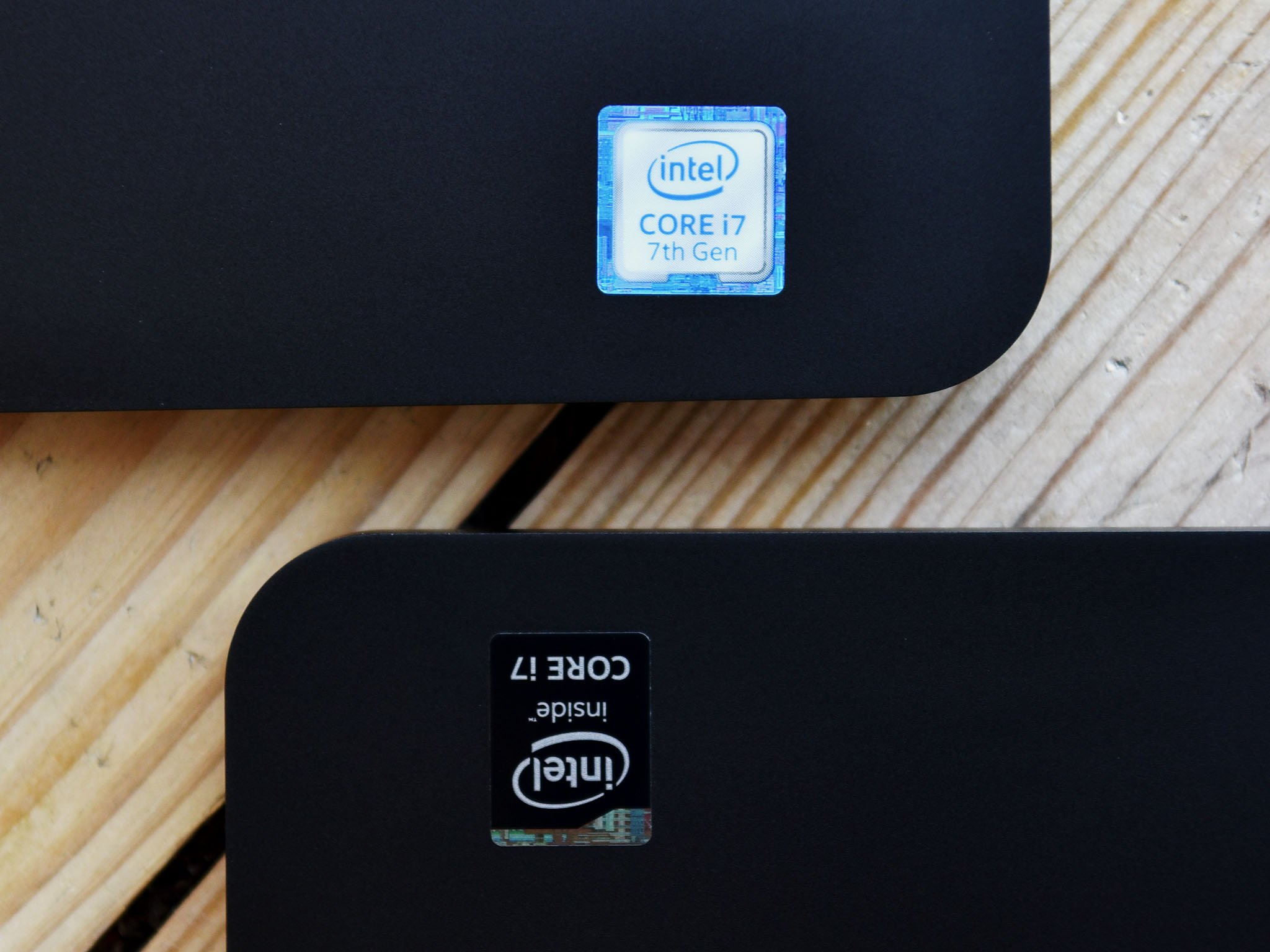Intel turns to its integrated graphics to scan for viruses
Intel is turning to its integrated graphics to make virus scanning more efficient.

Intel this week revealed its plan to make virus scanning more efficient: integrated graphics. The goal, Intel says, is to let antivirus use what it calls Accelerated Memory Scanning to lighten the load on CPU performance and boost battery life by shifting virus scanning to Intel's integrated graphics processor instead (via The Verge).
"Current scanning technologies can detect system memory-based cyberattacks, but at the cost of CPU performance," Intel says. "With Accelerated Memory Scanning, the scanning is handled by Intel's integrated graphics processor, enabling more scanning, while reducing the impact on performance and power consumption."
The company says that, with Accelerated Memory Scanning, its early benchmarks have shown CPU utilization drop from 20 percent to "as little as 2 percent."
Intel says that Microsoft's Windows Defender Advanced Threat Protection (ATP) will be the first product to integrate Accelerated Memory Scanning. It's worth noting, however, that Intel's Threat Detection Technology is expected to be available only with its 6th, 7th, and 8th generation processors.
Also today, Intel took the wraps off of Intel Security Essentials, a combination of hardware security capabilities available across Xeon and Atom processors. Integrated directly into the silicon, these new capabilities include secure boot, trusted execution enclaves, and more, designed to help bolster security while reducing the hit to performance.
In the wake of the Meltdown and Spectre processor flaws, it's clear Intel is looking to regain some ground in terms of security. Recently, Intel declared that it is redesigning upcoming processors to protect against Spectre at the hardware level. The company has also released microcode updates for its microprocessor products launched in the past nine years, but it did confirm that some older processors won't be patched.
All the latest news, reviews, and guides for Windows and Xbox diehards.

Dan Thorp-Lancaster is the former Editor-in-Chief of Windows Central. He began working with Windows Central, Android Central, and iMore as a news writer in 2014 and is obsessed with tech of all sorts. You can follow Dan on Twitter @DthorpL and Instagram @heyitsdtl.
